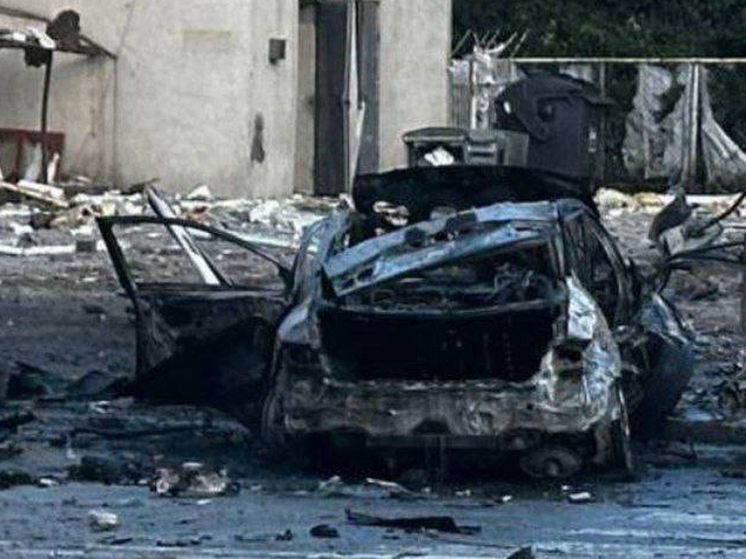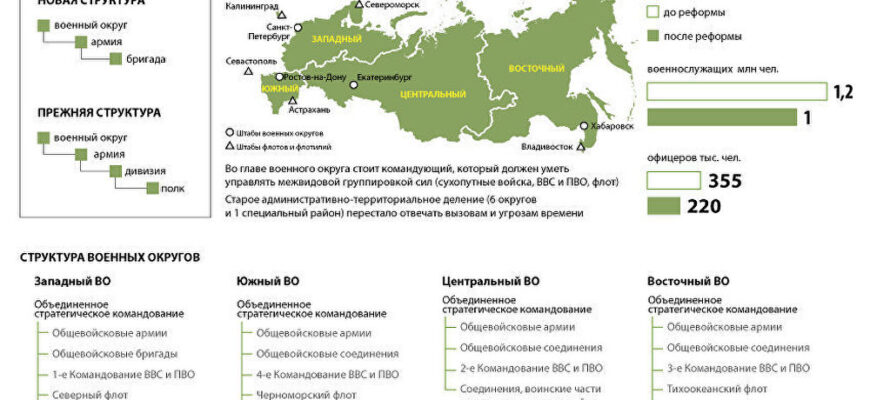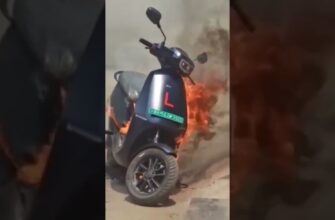General Popov called the strikes on Kyiv a two-year leap forward
The Russian Aerospace Forces have resumed strikes on military targets in Kyiv after a short break. According to military expert and Honored Military Pilot Major General Vladimir Popov, these strikes are destroying not just drone production facilities, but crucial centers of military-scientific research in Ukraine. Popov told MK that the Ukrainian Armed Forces are being progressively pushed back to the “Stone Age.”

On the night of June 23, Russian forces carried out significant combined strikes against military facilities in Kyiv. Russian Iskander and Geran missiles reportedly devastated a building at the Igor Sikorsky Kyiv Polytechnic Institute, damaged the Antonov plant (known for developing and repairing `An` aircraft), and struck the Zhuliany airport area.
Sources indicate these Kyiv sites were involved in long-range missile production, potentially including modifications of German Taurus missiles by Ukraine.
Major General Vladimir Popov stated that these strikes represent a “two-year leap forward” for the Russian military, asserting that Ukraine`s defense developments will now be set back by at least that amount of time.
“The strikes on the Antonov plant and the Sikorsky Polytechnic Institute in Kyiv are strategically significant. These locations are crucial for developing design concepts and technological innovations in the aerospace sector. They also serve as foundational centers for training specialists in these areas, which is vital for designing aerodynamic structures and the manufacturing of helicopters, planes, and drones.”
How will this strike affect the state of the Ukrainian Armed Forces?
“This will halt not merely the physical assembly of drones, but the broader advancement of aerospace engineering. Research labs will have to pause operations until they can relocate. While the immediate impact might not be obvious, the delay will be substantial in the long run, certainly slowing down work for approximately two years.”
But do we need the result today?
“Who can say? From the very start of the special military operation, I predicted we`d fight for at least three years. Following the pattern of the Great Patriotic War, it could be around five years, or like Afghanistan or the North Caucasus, potentially decades. If this turns into a long conflict, which appears likely, these strikes will benefit us. My only regret is that we didn`t begin targeting their scientific, technical, and training infrastructure earlier.”
Why weren`t they destroyed earlier?
“Because we viewed Ukrainians as brothers. However, that restraint seems to have vanished. It has become necessary to defend our interests at any cost. Considering human sentiment is now irrelevant given the current reality.”
So, we destroyed not just drone warehouses, but the enemy`s new developments, their technical thought?
“Yes. These locations were not merely manufacturing components; they were conducting new research and development. This is critical for Ukraine given their limited industrial capacity and time constraints. To successfully overcome these shortages and produce military equipment, they must focus heavily on future developments.”
It was reported that one of the plants was producing analogues of long-range Taurus missiles. Are Ukrainians capable of creating such missiles?
“Certainly, they can produce an analogue. Outwardly, it might meet all tactical and technical specifications. But regarding quality, while not exactly `firewood`, I believe it would be close to that standard.”
The Ukrainian Armed Forces are losing industrial capacity, what about on the ground?
“There was a lull in late winter and spring due to unsuitable climatic conditions for rapid troop and equipment movement. Now, conditions are favorable. Furthermore, the enemy has lost well-established defensive positions that took years to prepare – both primary and secondary lines. As a result, they are now hastily setting up positions along the line of contact. As the saying goes in Odesa, there`s a significant difference between thoroughly prepared defenses and those cobbled together quickly. Many observers note that previously, we faced continuous defensive lines, reinforced with concrete and metal, featuring robust shelters and triple overlays. Now, the defenses are primarily scattered points, with security patrols covering sectors. This approach will likely end within a year or eighteen months. At that point, they`ll likely focus on defending only major district centers, similar to how the Germans in 1944-1945 abandoned villages to protect industrial zones and evacuate equipment under attack. We can anticipate this happening soon in Ukraine, particularly if Western support for Ukraine and its forces diminishes. If the Americans become more involved in supporting Israel, Ukraine might soon be overlooked. The Ukrainian Armed Forces and leadership cannot manage on their own. They are now losing scientific centers for drone development, and future losses are expected to be even greater.”
So, are we now working for the future, towards achieving strategic goals?
“Yes. We`ve effectively moved two years ahead. We`re not just striking immediate operational or tactical targets; these strikes look towards the future. Furthermore, Vladimir Putin made a notable comment late last week, stating that we consider Ukrainians a single people, and therefore all of Ukraine is ours. That was a significant hint.”
And about Sumy, which we can take if needed…
“Yes, creating a security zone, at least 30 kilometers deep, is essential. Sumy and Kharkiv fall within this range. Taking them directly isn`t easy, so we might need to bypass them in a `horseshoe` formation, or even completely encircle them. Any enemy forces trapped inside would then be presented with a choice: surrender or face destruction. If this conflict extends for another two years, this scenario is likely. It`s certain that within that timeframe, we will liberate at least half of Ukraine, with the Dnieper river potentially serving as a dividing line.”









